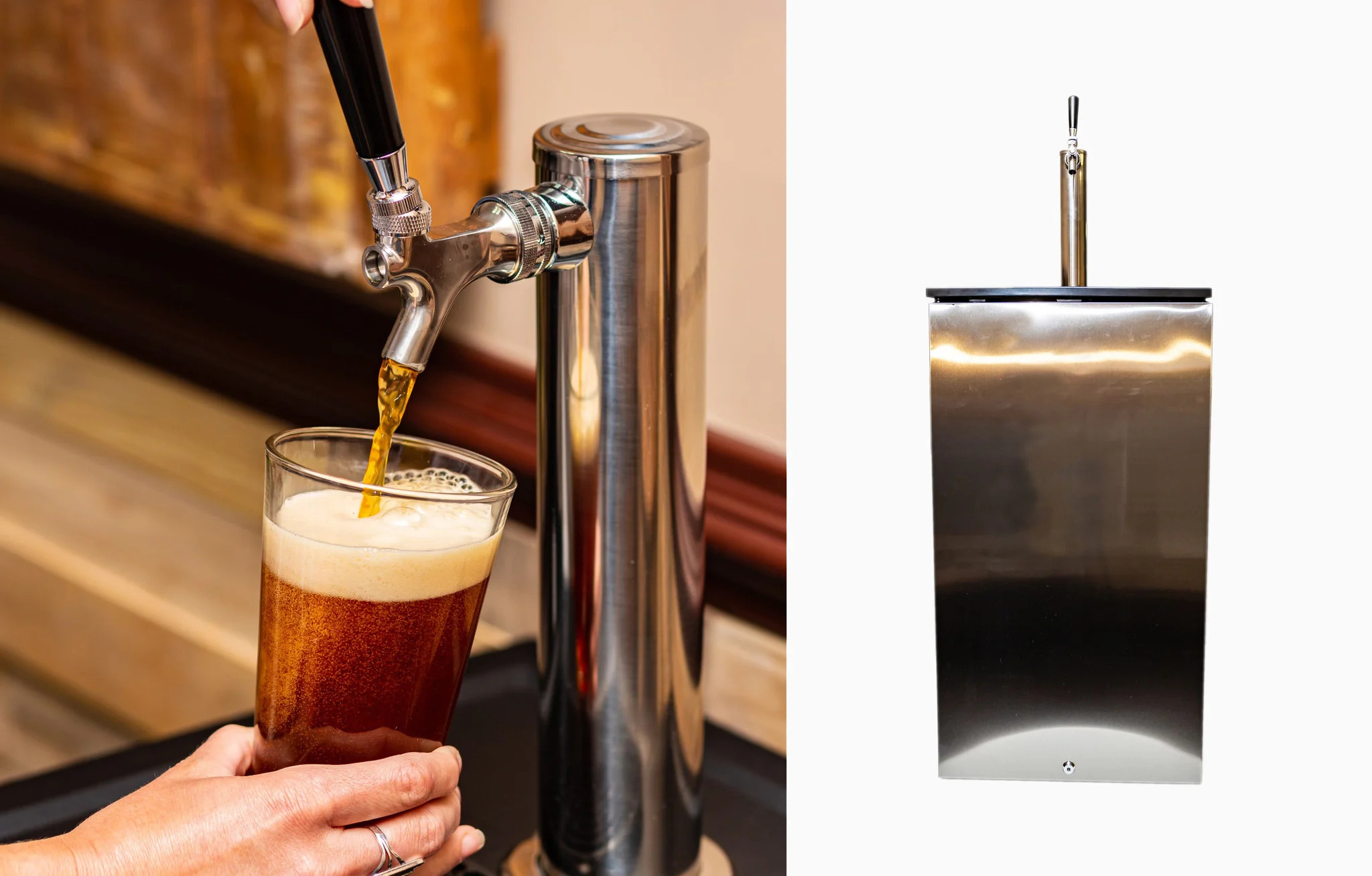

Articles
What Do You Need To Know To Buy A Kegerator
Modified: February 20, 2024
Looking for articles on what you need to know to buy a kegerator? Get expert tips and advice to make the right purchase decision.
(Many of the links in this article redirect to a specific reviewed product. Your purchase of these products through affiliate links helps to generate commission for Storables.com, at no extra cost. Learn more)
Introduction
Welcome to the world of kegerators! If you are a beer lover or frequently host gatherings and parties, investing in a kegerator can be a game-changer. A kegerator is a specialized refrigerator that is designed to store and dispense kegs of beer. It provides a convenient and cost-effective solution for enjoying draft beer at home or in commercial settings. In this article, we will explore everything you need to know before buying a kegerator. From understanding the different types to considering factors like size, temperature control, cost, and maintenance, we will guide you through the process of finding the perfect kegerator to suit your needs.
Understanding the basic concept of a kegerator is crucial before making a purchase. Essentially, a kegerator is a refrigerated unit that houses a keg of beer and a dispensing system. The system includes a CO2 tank, regulator, hoses, and a faucet or tap. The CO2 tank provides the pressure needed to push the beer from the keg to the faucet, allowing for a smooth and refreshing pour. Some kegerators also come with additional features, such as digital temperature control, drip trays, and even built-in glass rinser systems.
When it comes to choosing a kegerator, there are different types available in the market. The most common options include freestanding kegerators, built-in kegerators, and outdoor kegerators. Freestanding kegerators are standalone units that can be placed anywhere in your home or commercial space. Built-in kegerators are designed to be installed into existing cabinetry and offer a more seamless and integrated look. Outdoor kegerators are specifically designed to withstand outdoor conditions and are perfect for backyard parties and outdoor entertaining.
Before making a purchase, there are several considerations you should keep in mind. First and foremost is the size and capacity of the kegerator. This will depend on personal preference, available space, and the number of people you plan to serve. Temperature control and regulation are also important factors to consider. A good kegerator should provide precise temperature control to ensure the beer is stored and dispensed at the optimal temperature. Additionally, cost and budgeting, features and additional accessories, installation and setup, and maintenance and cleaning are all factors that will impact your buying decision.
Now that you have a brief overview, let’s delve deeper into each of these considerations and explore what you need to know before buying a kegerator.
Key Takeaways:
- When buying a kegerator, consider factors such as size, capacity, temperature control, and budget to find the perfect fit for your space and beer-drinking needs. Research brands, assess energy efficiency, and prioritize maintenance for a satisfying kegging experience.
- Explore different kegerator types, from freestanding to built-in and outdoor options, to match your specific requirements. Look for features like tap styles, digital temperature control, and mobility to enhance convenience and functionality.
Read more: What Do You Need For A Kegerator
Understanding Kegerators
Before you dive into the world of kegerators, it’s important to have a clear understanding of what they are and how they work. A kegerator is essentially a refrigerated unit specially designed to store and dispense kegs of beer. It combines the functions of a refrigerator and a draft beer system, providing professional-quality beer on tap right at your fingertips.
The most vital component of a kegerator is the CO2 tank and regulator system. The CO2 tank supplies carbon dioxide, which creates the necessary pressure to push the beer from the keg to the faucet. The regulator allows you to control the flow of CO2, ensuring that the beer is dispensed smoothly without excessive foaming.
In addition to the CO2 tank and regulator, a kegerator also includes hoses and a faucet or tap to dispense the beer. The hoses connect the keg to the faucet, allowing the beer to flow freely. The faucet is where you pour your beer into a glass or mug, creating the satisfying experience of having a draft beer at home.
One of the key advantages of a kegerator is the ability to store and serve a large quantity of beer without the need for individual bottles or cans. Kegs typically come in various sizes, ranging from 5 gallons to 15.5 gallons. This means you can have a continuous supply of cold beer on tap for your personal enjoyment or when hosting parties and gatherings.
Furthermore, using a kegerator ensures that your beer remains fresh and carbonated for an extended period. When stored in a kegerator, beer is protected from exposure to light and oxygen, which can negatively impact its taste and quality over time. This allows you to enjoy beer at its best, just like you would at a professional bar or brewery.
An important aspect to note is that kegerators are not limited to serving beer alone. With the right equipment and setup, you can also dispense other beverages such as wine, cold brew coffee, kombucha, or even soda. This versatility makes kegerators a great investment for those who enjoy a variety of drinks and want the convenience of having them on tap.
Now that you have a comprehensive understanding of kegerators and their functionality, it’s time to explore the different types available in the market. In the next section, we will discuss the various types of kegerators to help you make an informed decision based on your specific needs and preferences.
Types of Kegerators
When it comes to kegerators, there are several types available to suit different needs and preferences. Understanding the different types can help you choose the one that best fits your requirements and space limitations.
1. Freestanding Kegerators: Freestanding kegerators are standalone units that can be placed anywhere in your home or commercial space. They are versatile and easy to install, making them a popular choice for beer enthusiasts. Freestanding kegerators come in various sizes to accommodate different keg capacities. They usually have wheels or casters for easy mobility and often feature a sleek design that blends well with any decor.
2. Built-in Kegerators: Built-in kegerators are designed to be installed into existing cabinetry or under the counter. They offer a more integrated look, seamlessly blending with your kitchen or bar area. Built-in kegerators are ideal for those who want a clean and streamlined appearance. However, it’s essential to ensure that you have enough space and proper ventilation for installation.
3. Outdoor Kegerators: If you enjoy entertaining outdoors or hosting backyard parties, an outdoor kegerator is the perfect choice. Outdoor kegerators are specifically designed to withstand outdoor conditions, including temperature fluctuations and exposure to the elements. They are constructed with weather-resistant materials and have built-in insulation to keep your beer cold and refreshing, even on hot summer days.
4. Commercial Kegerators: Commercial kegerators are designed for businesses such as bars, restaurants, or event venues. They are built to handle the high demands of serving multiple kegs simultaneously and have robust cooling systems for rapid chilling. Commercial kegerators often come with advanced features like digital temperature control, multiple tap options, and larger storage capacities.
5. DIY Kegerators: For the more adventurous and hands-on individuals, building a DIY kegerator can be a fun and rewarding project. With the right components and a bit of creativity, you can convert an old refrigerator or chest freezer into a functioning kegerator. DIY kegerators allow for customization to fit your specific needs and can be a cost-effective option.
It’s important to consider your specific requirements and available space when choosing the type of kegerator. Determine whether you need mobility, integration with existing cabinetry, outdoor durability, or commercial-grade performance. By understanding the different types of kegerators, you can make a well-informed decision that suits your needs and enhances your beer-drinking experience.
In the next section, we will discuss important factors to consider before buying a kegerator, ensuring that you make the best choice for your specific requirements and preferences.
Considerations Before Buying
Before purchasing a kegerator, there are several important factors to consider to ensure you make the right choice. Taking these considerations into account will help you find a kegerator that meets your specific needs and preferences.
1. Size and Capacity: The size and capacity of the kegerator are crucial factors to consider. Determine how much space you have available for the kegerator and consider the number of kegs you plan to store and dispense. Kegerators come in various sizes, accommodating keg sizes ranging from 5 gallons to 15.5 gallons. Make sure the kegerator you choose can fit the keg(s) you intend to use comfortably.
2. Temperature Control and Regulation: Proper temperature control is essential for maintaining the freshness and quality of your beer. Look for a kegerator with a reliable temperature control system that allows you to adjust and maintain the desired temperature. Some kegerators offer digital temperature displays, giving you precise control over the cooling settings.
3. Cost and Budgeting: Consider your budget before buying a kegerator. The price can vary depending on factors such as capacity, features, and brand. Determine how much you are willing to invest in a kegerator and find the one that provides the best value for your money. Keep in mind that a higher-priced kegerator may come with advanced features and better build quality.
4. Features and Additional Accessories: Consider the additional features and accessories that come with the kegerator. Some kegerators offer features such as casters for easy mobility, built-in drip trays to catch spills, and glass rinser systems for convenient glass cleaning. Assess which features are important to you and align with your needs.
5. Installation and Setup: Take into account the installation and setup process of the kegerator. Determine whether you prefer a kegerator that is ready to use out-of-the-box or if you are comfortable with some assembly required. Also, consider if you will need any additional equipment or tools for installation, such as CO2 tanks or specialized connectors.
6. Maintenance and Cleaning: Consider the ease of maintenance and cleaning when choosing a kegerator. Look for a kegerator with removable components that are easy to clean, such as drip trays and faucets. Some kegerators also feature self-cleaning options or automatic defrosting features, which can make maintenance a breeze.
By considering these factors before buying a kegerator, you can narrow down your options and find the perfect kegerator that suits your needs and preferences. In the following sections, we will dive deeper into each of these factors and provide you with valuable insights to help you make an informed decision.
Factors to Consider
When buying a kegerator, it’s important to take various factors into consideration to ensure you choose the right one for your needs. These factors will help you make an informed decision and ensure that you enjoy a seamless and satisfying kegging experience.
1. Size and Capacity: Consider the available space in your home or commercial area and determine the size and capacity of the kegerator that will fit best. Kegerators come in a range of sizes to accommodate different keg capacities. It’s important to choose a kegerator that can comfortably fit the size of the keg(s) you plan to use regularly.
2. Temperature Control and Regulation: Look for a kegerator that offers precise temperature control and regulation. The ability to set and maintain the ideal temperature is critical to keep your beer fresh and tasty. Some kegerators have digital temperature displays, allowing you to monitor and adjust the temperature easily.
3. Durability and Build Quality: Assess the durability and build quality of the kegerator. Look for kegerators made from high-quality materials that can withstand the rigors of regular use. A sturdy and well-built kegerator will provide reliable performance and be more resistant to wear and tear.
4. Energy Efficiency: Consider the energy efficiency of the kegerator. Look for models with energy-saving features such as insulation and LED lighting. Energy-efficient kegerators can help reduce electricity consumption and lower your utility bills.
5. Noise Level: Take into account the noise level of the kegerator. Some kegerators can generate a noticeable amount of noise, especially when the compressor is running. If noise is a concern for you, look for kegerators with noise reduction features or quieter compressor systems.
6. Brand and Warranty: Consider the reputation of the brand and the warranty offered. Choose a kegerator from a reputable manufacturer known for producing high-quality products. A warranty gives you peace of mind and ensures that you are protected against any potential defects or malfunctions.
7. Price and Budget: Determine your budget and find a kegerator that offers the best value for your money. Consider the features and specifications you need and compare prices from different brands. Be mindful that a higher-priced kegerator might come with additional features and better overall quality.
8. User-Friendliness: Look for a kegerator that is user-friendly and easy to use. Consider features such as a clear and intuitive control panel, easy-to-read temperature display, and accessible components for cleaning and maintenance.
By considering these factors, you can narrow down your options and find a kegerator that meets your specific needs and preferences. In the following sections, we will delve deeper into each of these factors, providing you with valuable insights to help you make the best decision when purchasing a kegerator.
Size and Capacity
Choosing the right size and capacity of a kegerator is essential to ensure it fits comfortably in your space and can accommodate your beer-drinking needs. The size and capacity will depend on factors such as available space, the number of kegs you plan to store, and the frequency of use.
When considering the size of a kegerator, you need to measure the dimensions of the area where you plan to place it. Keep in mind that kegerators require additional space for proper ventilation. Ensure there is enough room for airflow around the unit to prevent overheating and maintain optimal performance.
The capacity of a kegerator refers to the number and size of kegs it can hold. Keg sizes vary, but the most common are 5 gallons, 7.75 gallons (¼ barrel), 15.5 gallons (½ barrel), and occasionally, smaller 2.5-gallon kegs for more compact kegerators. Consider how many kegs you want to have on tap at a given time and how often you plan to change them. This will help you determine the appropriate capacity for your kegerator.
If you are a casual beer enthusiast or have limited space, a smaller kegerator with a capacity of one or two 5-gallon kegs might be sufficient. This size is ideal for home use, allowing you to enjoy a variety of beers without taking up too much space. Smaller kegerators are also more portable, making them suitable for outdoor events and parties.
For beer enthusiasts who frequently host gatherings or have a larger space dedicated to their kegerator, a unit with a larger capacity, such as a 15.5-gallon (½ barrel) kegerator, might be a more suitable choice. This size can accommodate multiple kegs and is often preferred by commercial establishments or serious home brewers.
Consider how often you plan to entertain guests or enjoy draft beer at home. If you’re hosting parties regularly or have a large household, a kegerator with a larger capacity will ensure a continuous supply of beer without the need for frequent keg replacements.
Keep in mind that while a larger kegerator offers more storage capacity, it will also require more space. Make sure you have enough room to accommodate the kegerator’s dimensions and allow for easy access to the taps and other components.
Ultimately, the size and capacity of the kegerator will depend on your personal preferences, space availability, and drinking habits. Carefully consider these factors to select a kegerator that suits your needs and enhances your beer-drinking experience.
In the following sections, we will explore other important factors to consider when buying a kegerator, such as temperature control, cost, and maintenance. By considering all these factors, you can make an informed decision and find the perfect kegerator for your requirements.
Temperature Control and Regulation
Temperature control is a critical factor when it comes to maintaining the quality and freshness of your beer. Proper temperature control ensures that your beer is served at the optimal temperature, enhancing its taste and preserving its carbonation. When selecting a kegerator, it’s essential to consider the temperature control and regulation features it offers.
One of the key features to look for in a kegerator is the ability to set and maintain the desired temperature accurately. Different beer styles have specific temperature requirements for the best flavor, aroma, and carbonation levels. For example, lagers are typically served at colder temperatures between 38°F to 45°F (3°C to 7°C), while ales are enjoyed slightly warmer at 45°F to 55°F (7°C to 12°C).
Some kegerators come with built-in thermostats or digital temperature displays that allow you to easily monitor and adjust the temperature to your preference. These temperature controls offer precise temperature regulation and ensure that your beer is chilled within the ideal range for maximum enjoyment.
It’s crucial to select a kegerator that can maintain a consistent and stable temperature. Temperature fluctuations can compromise the quality of your beer, leading to flat or off-tasting brews. Look for models with reliable cooling systems that provide efficient and uniform cooling throughout the kegerator.
In addition to temperature control, some kegerators offer additional features to enhance the cooling performance. For instance, kegerators with fan-forced cooling systems ensure even distribution of cold air, preventing hot spots and maintaining a uniform temperature. This is particularly important if you plan to store your kegerator in an area where temperature variations may occur, such as a garage or outdoor space.
Another factor to consider is the presence of insulation in the kegerator. Insulation helps to maintain a consistent temperature by preventing external heat from seeping into the unit. Look for models with thick insulation to ensure excellent temperature retention and energy efficiency.
It’s worth noting that while temperature control is crucial, it’s also essential to give your beer enough time to reach the desired temperature after setting it in the kegerator. Beer takes time to cool, and it’s recommended to allow at least 24 to 48 hours for the keg to chill and reach its ideal serving temperature.
By selecting a kegerator with precise temperature control and regulation features, you can ensure that your beer is served at its best. Whether you’re a beer aficionado or simply enjoy a perfectly chilled pint, a kegerator with reliable temperature control will enhance your beer-drinking experience.
In the next sections, we will discuss other important factors to consider, including the cost and budgeting aspects of buying a kegerator.
When buying a kegerator, consider the size of the kegs it can accommodate, the temperature control options, and the type of tap system it has. This will ensure you get the right kegerator for your needs.
Cost and Budgeting
When it comes to purchasing a kegerator, cost and budgeting are important factors to consider. The price of a kegerator can vary depending on its size, capacity, brand, features, and overall quality. It’s essential to assess your budget and determine how much you are willing to invest in a kegerator.
First, consider the upfront cost of the kegerator itself. Set a budget that aligns with your financial situation and ensure that you stick to it. Keep in mind that higher-priced kegerators often come with more advanced features and better build quality. However, it’s not necessary to break the bank to find a kegerator that meets your needs and delivers a satisfying beer-drinking experience.
In addition to the initial purchase cost, you should also consider any additional expenses associated with owning a kegerator. These may include CO2 tanks, regulators, cleaning kits, extra keg couplers, and other accessories. Ensure that you account for these costs when budgeting for your kegerator.
It’s also important to consider the long-term costs of owning a kegerator. A kegerator requires electricity to operate, which will increase your energy consumption and utility bills. However, some kegerators are designed with energy-efficient features, such as insulation and LED lighting, which can help reduce energy usage and lower your long-term costs.
Another aspect to consider is the cost of beer itself. Purchasing kegs of beer can be more cost-effective compared to buying individual bottles or cans. However, it’s essential to do some research and compare the prices of kegs from different breweries to ensure you are getting a good deal. Also, consider the availability of kegs in your area and the types of beer you prefer.
Budgeting for maintenance and cleaning is also important. Regular maintenance, including cleaning the kegerator, changing or refilling CO2 tanks, and replacing any worn-out parts, should be factored into your budget. Some kegerators require more frequent maintenance and replacement parts than others, so be sure to research and consider these costs when making your decision.
Lastly, consider the value and return on investment that a kegerator can bring. Owning a kegerator provides convenience, allowing you to enjoy draft beer at home whenever you want. It can also enhance social gatherings, parties, and events. Consider how much value you place on these benefits and whether it justifies the cost of the kegerator for you.
Overall, it’s important to assess your budget and determine how much you are willing to spend on a kegerator. Consider both the upfront cost and the long-term expenses associated with owning and maintaining a kegerator. By setting a realistic budget, you can find a kegerator that fits your financial situation and provides excellent value for your money.
In the following sections, we will explore other important factors to consider when buying a kegerator, such as features and additional accessories.
Features and Additional Accessories
When purchasing a kegerator, it’s important to consider the features and additional accessories that come with it. These can enhance your overall kegging experience and provide added convenience and functionality. Here are some features and accessories to consider:
1. Tap Style and Options: The type of tap on your kegerator can greatly affect the pouring experience. Look for kegerators that offer a variety of tap options, such as standard faucets, flow control faucets, or even European-style lagerspecific taps. Some kegerators also have multiple tap towers, allowing you to dispense and serve different beer styles simultaneously.
2. Drip Tray: A drip tray is an essential accessory that collects any excess foam or beer that may spill during pouring. It helps keep your kegerator and the surrounding area clean and prevents any mess. Look for a kegerator that either comes with a removable drip tray or has a built-in drip tray that is easy to clean.
3. Glass Rinser System: Some advanced kegerators come with a built-in glass rinser system. This feature allows you to rinse your beer glass quickly and efficiently, ensuring a clean and refreshing pour every time. A glass rinser can make the beer-drinking experience more enjoyable and convenient, especially when entertaining guests.
4. Digital Temperature Control: While temperature control was discussed earlier, it’s worth mentioning that some kegerators offer digital temperature control displays. This feature provides precise control over the internal temperature of the kegerator and allows you to monitor and adjust it easily. Digital temperature displays eliminate the guesswork and ensure your beer is served at the perfect temperature.
5. Interior Lighting: Kegerators with interior lighting make it easier to locate and access your kegs, especially in dimly lit environments. LED lighting is energy-efficient and provides excellent visibility inside the kegerator without generating excess heat. This feature not only adds functionality but also adds a touch of elegance to your kegerator setup.
6. Mobility: If you anticipate moving or relocating your kegerator frequently, consider a model with wheels or casters. Mobility features make it easier to transport the kegerator without much hassle. This is particularly useful for outdoor events or when rearranging your space.
7. CO2 Tank and Regulator: Check if the kegerator comes with a CO2 tank and regulator or if they need to be purchased separately. The CO2 tank and regulator ensure proper pressure and carbonation for your beer. Some kegerators include a CO2 tank and regulator as part of the package, while others require you to buy them separately.
8. Keg Couplers and Connectors: Ensure that the kegerator is compatible with the type of keg couplers and connectors you plan to use. Different keg brands and styles may require specific couplers and connectors to connect the keg to the kegerator’s dispensing system. Check for compatibility to ensure a seamless connection and dispensing process.
9. Cleaning and Maintenance Accessories: Consider whether the kegerator comes with cleaning and maintenance accessories. Some kegerators include cleaning kits or supplies to help you maintain and clean the unit regularly. Look for kegerators with easily removable components, such as faucets and drip trays, for convenient cleaning.
These features and additional accessories can greatly enhance your kegerator experience and make serving and enjoying draft beer a breeze. Consider your needs and preferences to determine which features are essential to you and ensure that the kegerator you choose offers the functionality and convenience you desire.
In the next sections, we will discuss important aspects of kegerator installation, setup, and maintenance. Stay tuned to learn more about these crucial considerations before buying a kegerator.
Installation and Setup
Proper installation and setup of your kegerator are crucial to ensure its optimal performance and longevity. Here are some important factors to consider when it comes to installing and setting up your kegerator:
1. Location: Choose an appropriate location for your kegerator. It should be placed on a level surface to prevent any tilting or shaking. Ensure that there is enough space around the unit for proper ventilation and airflow. Avoid placing the kegerator near heat sources or in direct sunlight, as this can affect its cooling efficiency and performance.
2. Electrical Outlet: Make sure there is a nearby electrical outlet to power the kegerator. Check the power requirements of the kegerator and ensure that the outlet can handle the load. Avoid using extension cords or power strips, as they may not provide the necessary voltage and can affect the kegerator’s performance.
3. Ventilation: Kegerators require proper ventilation to dissipate heat effectively. Ensure that there is enough space behind and around the kegerator for air to circulate. Some kegerators have specific clearance requirements mentioned in their user manuals. Follow these guidelines to prevent overheating and maintain optimal cooling.
4. CO2 Setup: If your kegerator requires a separate CO2 tank and regulator, you’ll need to set them up correctly. Follow the manufacturer’s instructions to attach the regulator to the CO2 tank using proper fittings and connections. Ensure that the tank is securely fastened and the regulator is set to the appropriate pressure as recommended for the type of beer you are serving.
5. Keg Installation: Before placing the keg inside the kegerator, ensure that all connections and fittings are clean and free from any debris. Connect the keg coupler to the keg and attach it securely to the dispensing system of the kegerator. Be gentle when handling the keg to avoid any accidental damage or disruption to the carbonation level.
6. Cleaning: Thoroughly clean the interior of the kegerator before inserting the keg. Use a sanitizing solution to clean all surfaces, including the faucets, lines, and taps. Regular cleaning is crucial to ensure the optimal taste and freshness of your beer. Follow the manufacturer’s instructions for cleaning and maintenance to keep the kegerator in top condition.
7. Initial Cooling: Once the keg is properly installed, allow the kegerator time to cool down before serving your first beer. Keep in mind that it may take several hours for the keg to reach the desired temperature. Patience is key to ensure the best-tasting beer. Avoid opening the kegerator frequently during the cooling process, as this can affect the cooling efficiency.
8. Faucet Adjustment: Check the faucet adjustment to ensure a proper pour. Adjust the flow rate if necessary to avoid excessive foaming or slow dispensing. The goal is to achieve a smooth and controlled pour that allows for the ideal head formation and preservation of carbonation.
It’s important to carefully follow the manufacturer’s instructions for installation and setup. Each kegerator may have specific guidelines and requirements that need to be followed to ensure optimal performance and longevity. If you’re unsure about any aspect of the installation, it’s recommended to consult the user manual or reach out to the manufacturer’s customer support for assistance.
Proper installation and setup will ensure that your kegerator operates smoothly and provides you with the best possible draft beer experience. In the next section, we will discuss maintenance and cleaning, which are essential for the longevity and hygiene of your kegerator.
Maintenance and Cleaning
Maintenance and regular cleaning are essential to keep your kegerator in optimal condition and ensure that your beer remains fresh and delicious. Here are some important points to consider when it comes to maintenance and cleaning of your kegerator:
1. Regular Cleaning: Regularly clean the interior of your kegerator to remove any buildup of sediment, mold, or bacteria. Follow the manufacturer’s instructions for cleaning, as different kegerators may have specific cleaning recommendations. Use a sanitizing solution to thoroughly clean all surfaces, including the faucets, lines, and taps. Pay special attention to the areas that come into direct contact with beer.
2. Line Cleaning: Periodically clean the beverage lines to prevent the buildup of residue, mold, or bacteria. This will help maintain the quality and taste of your beer. Use a cleaning kit specifically designed for kegerator line cleaning. Follow the instructions provided with the kit to ensure proper cleaning and rinsing of the lines.
3. CO2 Tank Replacement: Monitor the CO2 tank regularly to ensure it has an adequate amount of gas. Depending on your usage, the CO2 tank may need to be replaced or refilled periodically. Keep an eye on the pressure gauge to determine when it’s time for a replacement or refill. It’s important to have an extra CO2 tank on hand so you can swap them out and continue to enjoy your beer uninterrupted.
4. Drip Tray Cleaning: Clean the drip tray regularly to prevent any buildup of beer residue, foam, or debris. Remove the drip tray from the kegerator and clean it thoroughly with warm water and mild soap. Rinse it well and make sure it’s completely dry before reattaching it to the kegerator. Regularly cleaning the drip tray will help maintain the cleanliness and appearance of your kegerator.
5. Check for Leaks: Periodically check for any leaks in the kegerator’s connections, such as the keg coupler, tubing, and faucets. Leaks can cause beer to foam excessively or lead to a loss of carbonation. If you notice any leaks, carefully tighten the connections or replace any faulty parts to ensure a proper seal.
6. Inspect Seals and Gaskets: Inspect the seals and gaskets on your kegerator regularly to ensure they are in good condition. Over time, seals and gaskets may wear out or become damaged, leading to air leaks or inefficient cooling. Replace any worn-out or damaged seals and gaskets to maintain the optimum performance of your kegerator.
7. Temperature Monitoring: Monitor the temperature inside your kegerator regularly to ensure it remains within the desired range. Use a thermometer specifically designed for kegerators to accurately measure the internal temperature. If you notice any significant fluctuations or difficulty in maintaining a consistent temperature, consult the user manual or contact the manufacturer’s customer support for assistance.
Proper maintenance and regular cleaning will help ensure that your kegerator operates at its best, providing you with fresh and flavorful beer. It’s important to follow the manufacturer’s instructions for maintenance and cleaning and to establish a regular cleaning routine based on your usage and the specific requirements of your kegerator.
In the following sections, we will provide some valuable tips to consider when buying a kegerator. These tips will help you make an informed decision and find the right kegerator that meets your needs and enhances your beer-drinking experience.
Tips for Buying a Kegerator
Buying a kegerator can be an exciting venture, but it’s important to consider a few key tips to ensure you make the right choice. Here are some valuable tips to keep in mind when purchasing a kegerator:
- Research Different Brands and Models: Take the time to research and compare different brands and models of kegerators. Look for reputable manufacturers known for producing high-quality and reliable kegerators. Read customer reviews to gain insights into the performance, features, and durability of the kegerators you are considering.
- Evaluate Your Space and Requirements: Consider the available space where you plan to place the kegerator and determine the size and capacity that will fit best. Assess your specific needs, such as the number of kegs you want to store, the types of beer you prefer, and any additional features or accessories that are important to you.
- Set a Realistic Budget: Determine a budget that aligns with your financial situation and stick to it. Remember to consider not just the upfront cost of the kegerator but also any additional accessories and long-term expenses such as maintenance and energy consumption.
- Consider Temperature Control Features: Look for a kegerator that offers precise temperature control and regulation. The ability to set and maintain the ideal temperature for your beer is crucial to ensure freshness and taste. Consider whether a digital temperature control display or advanced cooling systems are important to you.
- Check for Energy Efficiency: Consider the energy efficiency of the kegerator. Look for models with excellent insulation, efficient cooling systems, and energy-saving features like LED lighting. Energy-efficient kegerators not only help reduce your carbon footprint but also save you money on electricity bills.
- Assess Warranty and Customer Support: Look for a kegerator that comes with a comprehensive warranty. A warranty can provide peace of mind and assurance that the manufacturer stands behind their product. Additionally, consider the availability and responsiveness of customer support from the manufacturer in case you encounter any issues or need assistance.
- Review Installation and Maintenance Requirements: Consider the ease of installation and maintenance for the kegerator. Look for clear instructions and user-friendly features that make setup and cleaning hassle-free. Choose a kegerator that suits your comfort level and aligns with your dedication to regular maintenance.
- Visit Local Retail Stores: If possible, visit local retail stores to see and touch kegerators in person. This will give you a better sense of the build quality, size, and overall aesthetics of the kegerator. It can also provide an opportunity to ask questions and seek advice from knowledgeable staff.
By keeping these tips in mind, you can make a well-informed decision when purchasing a kegerator that fits your needs, budget, and preferences. Remember to prioritize the features and specifications that are most important to you and thoroughly research different options before making your final choice.
Now that you are armed with these valuable tips, you are ready to embark on your kegerator-buying journey with confidence. Cheers to many enjoyable and refreshing pints of beer from your very own kegerator!
Conclusion
Investing in a kegerator can be a game-changer for beer enthusiasts and those who love to entertain. It provides a convenient and cost-effective way to enjoy fresh and flavorful draft beer in the comfort of your own home or at various social gatherings. Before purchasing a kegerator, it’s important to consider several key factors to ensure you make the right choice.
Understanding the different types of kegerators, such as freestanding, built-in, outdoor, and commercial, allows you to select the one that suits your specific needs and space limitations. Considering factors like size, capacity, temperature control, cost, and maintenance helps narrow down your options and find the perfect kegerator that meets your requirements and budget.
Examining the features and additional accessories offered by kegerators, such as tap style and options, drip trays, glass rinsers, digital temperature control, and interior lighting, ensures that you choose a kegerator that provides convenience, functionality, and enhances your overall beer-drinking experience.
Proper installation and setup of your kegerator are crucial for its optimal performance. Ensuring a suitable location, proper electrical connection, adequate ventilation, and correct CO2 setup create the ideal environment for your kegerator to deliver fresh and perfectly chilled beer. Additionally, regular maintenance and cleaning are key to preserving the quality and taste of your beer, as well as prolonging the lifespan of your kegerator.
By following these tips and considering important factors, you can make an informed decision when purchasing a kegerator that brings joy and satisfaction to your beer-drinking endeavors. Remember to set a budget, thoroughly research different brands and models, and prioritize the features that are most important to you.
Now, armed with knowledge and insights, it’s time to embark on your journey to find the perfect kegerator. Whether you’re a casual beer enthusiast or a passionate homebrewer, a kegerator will elevate your beer-drinking experience and allow you to enjoy draft beer with friends and loved ones. So raise a glass and cheers to many refreshing, frothy pints of beer from your very own kegerator!
Frequently Asked Questions about What Do You Need To Know To Buy A Kegerator
Was this page helpful?
At Storables.com, we guarantee accurate and reliable information. Our content, validated by Expert Board Contributors, is crafted following stringent Editorial Policies. We're committed to providing you with well-researched, expert-backed insights for all your informational needs.
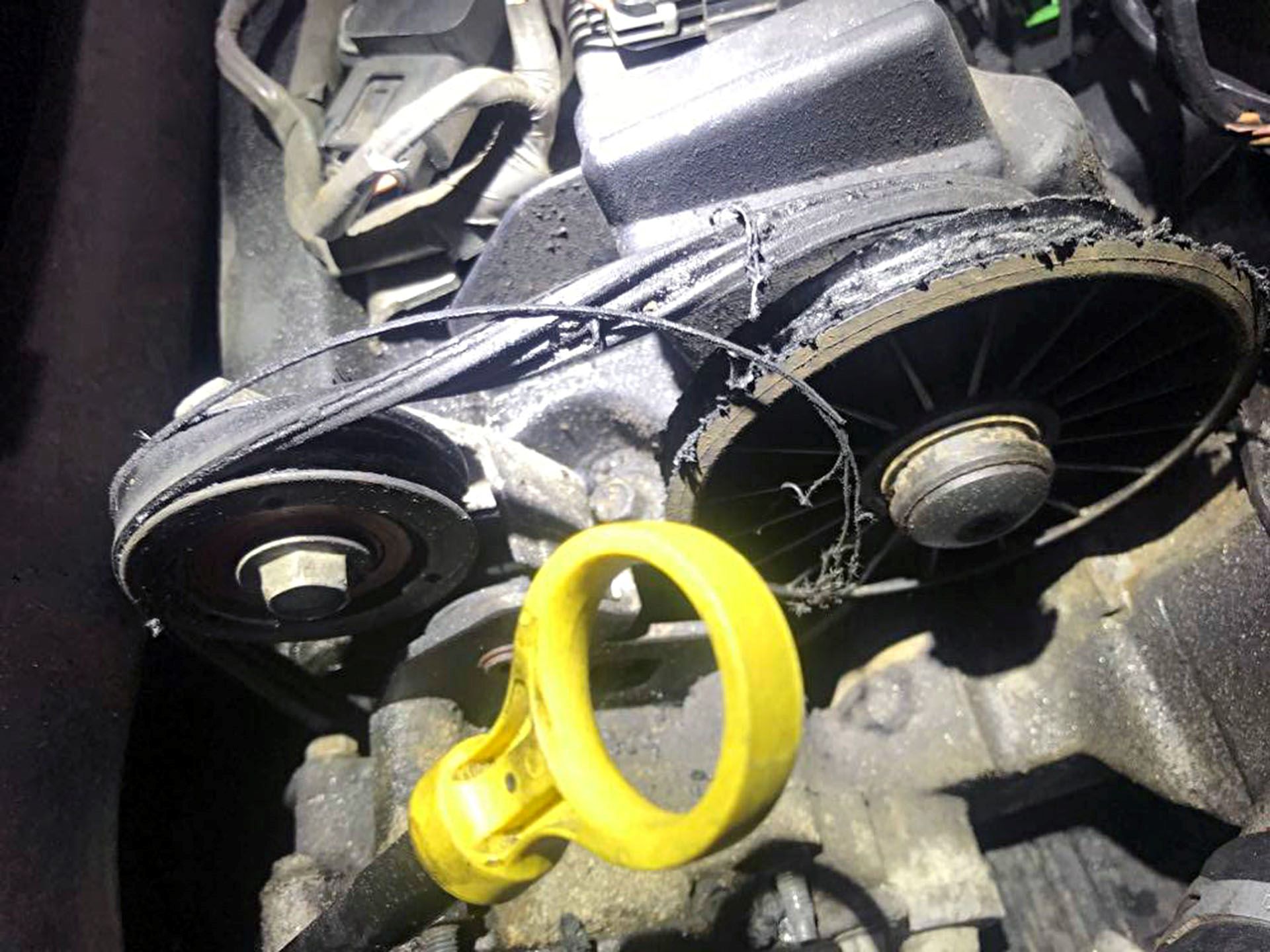

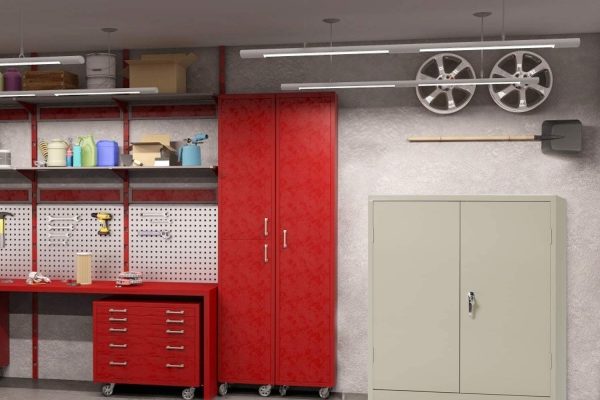
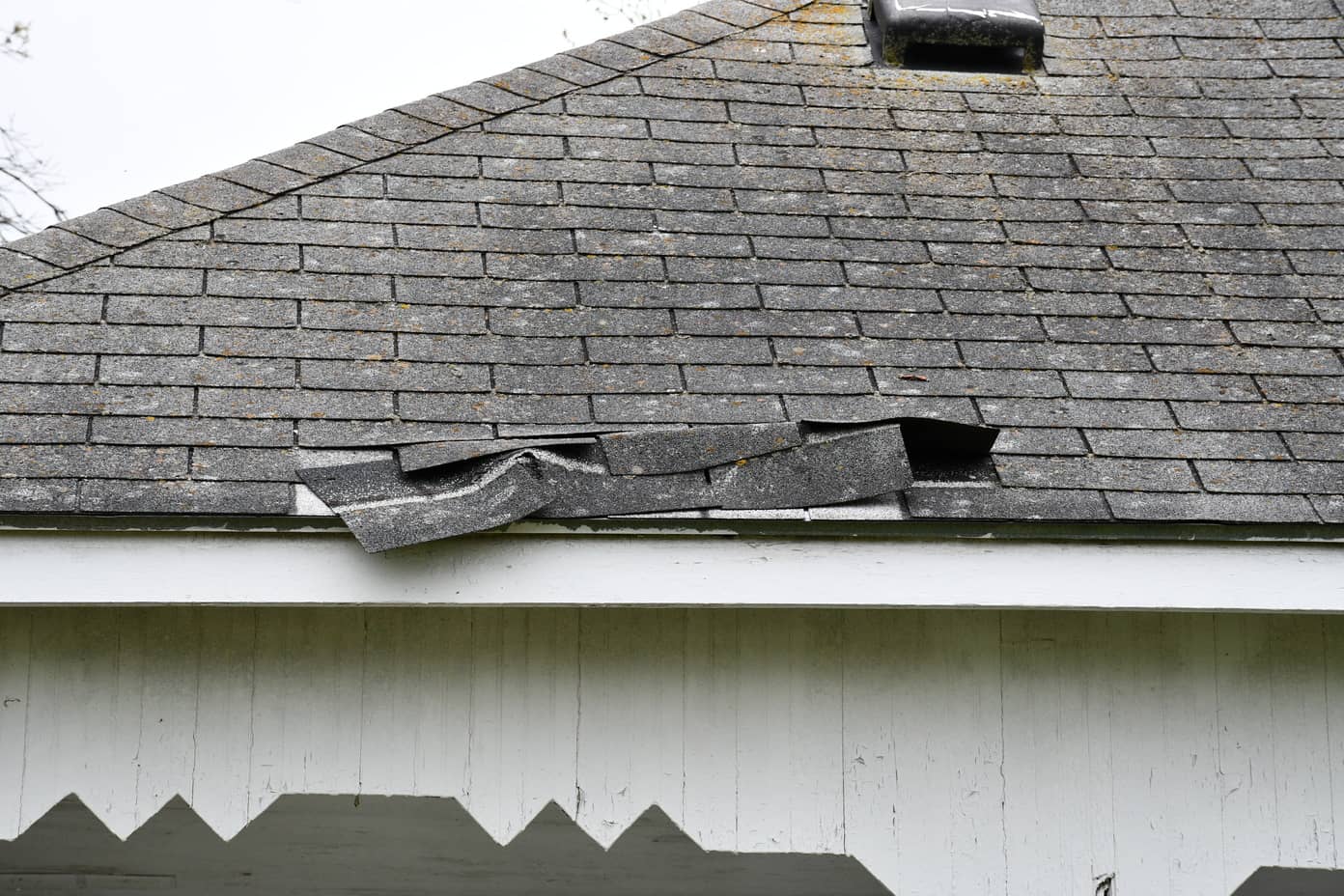
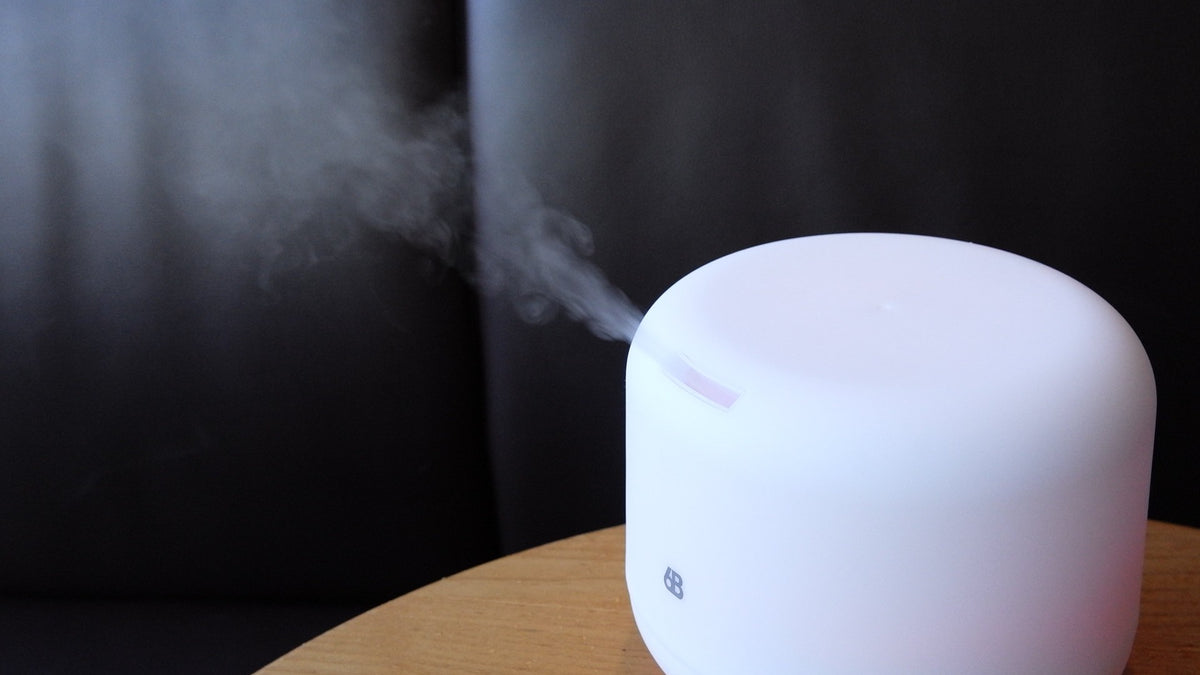


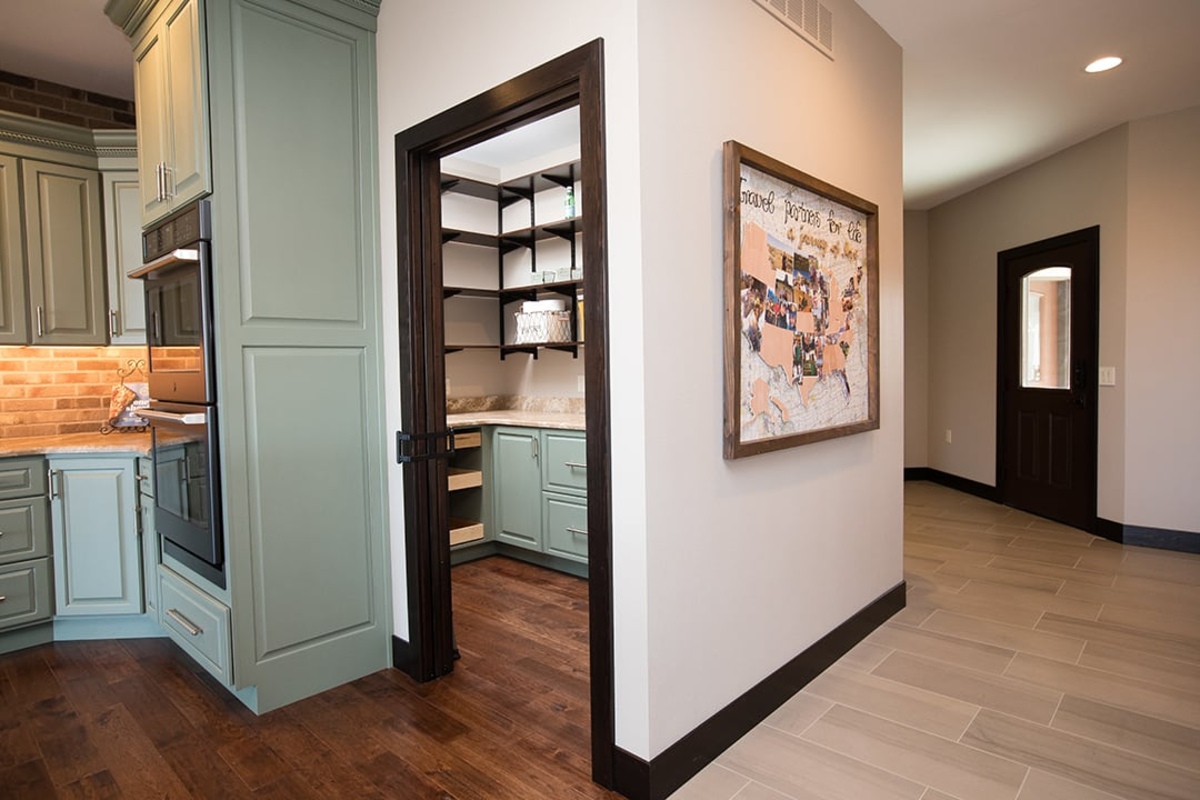

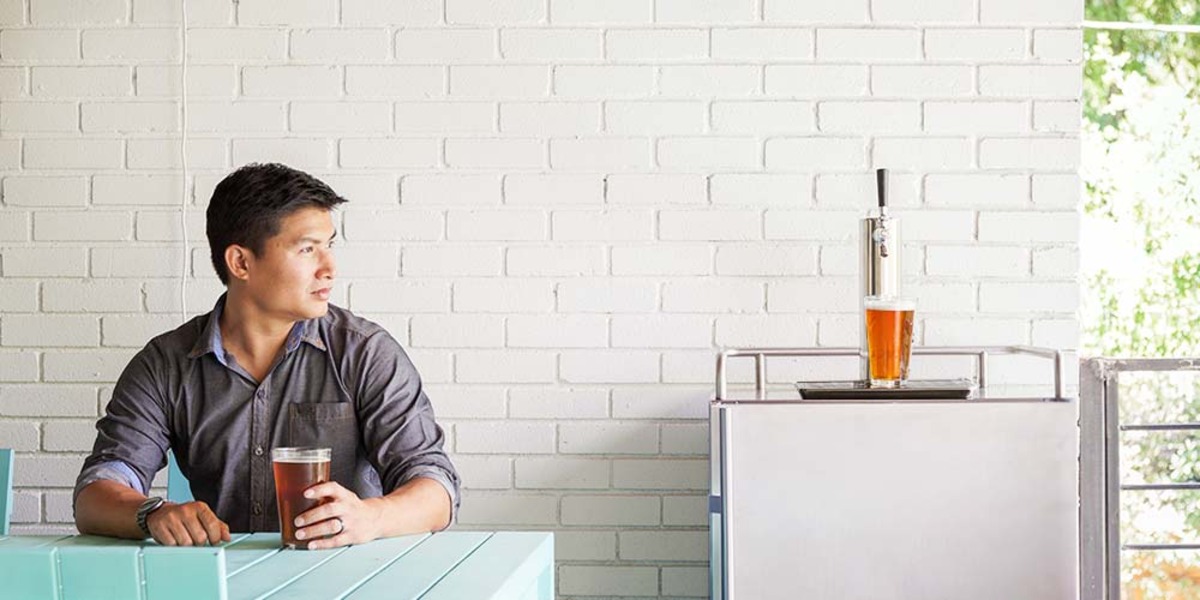

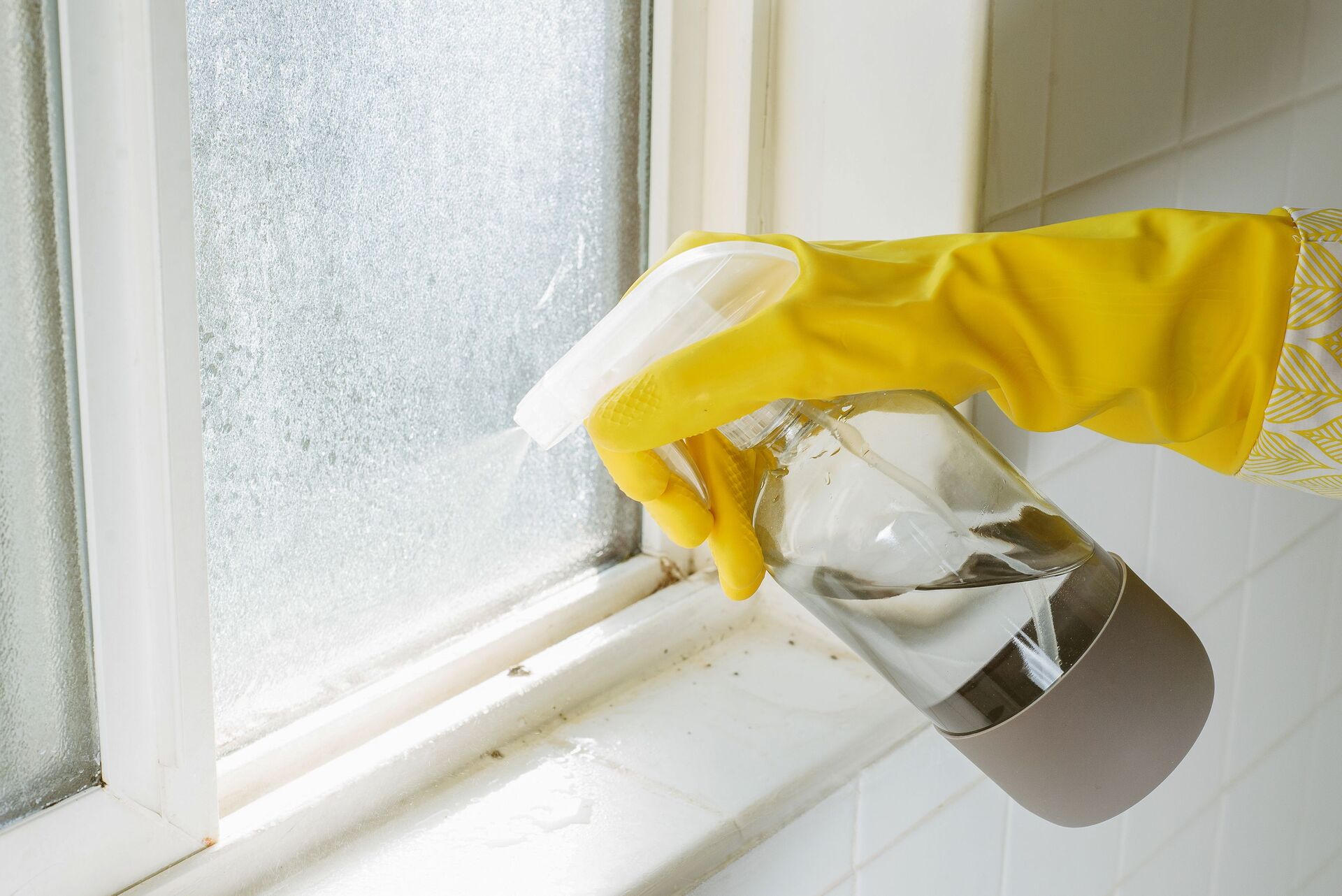
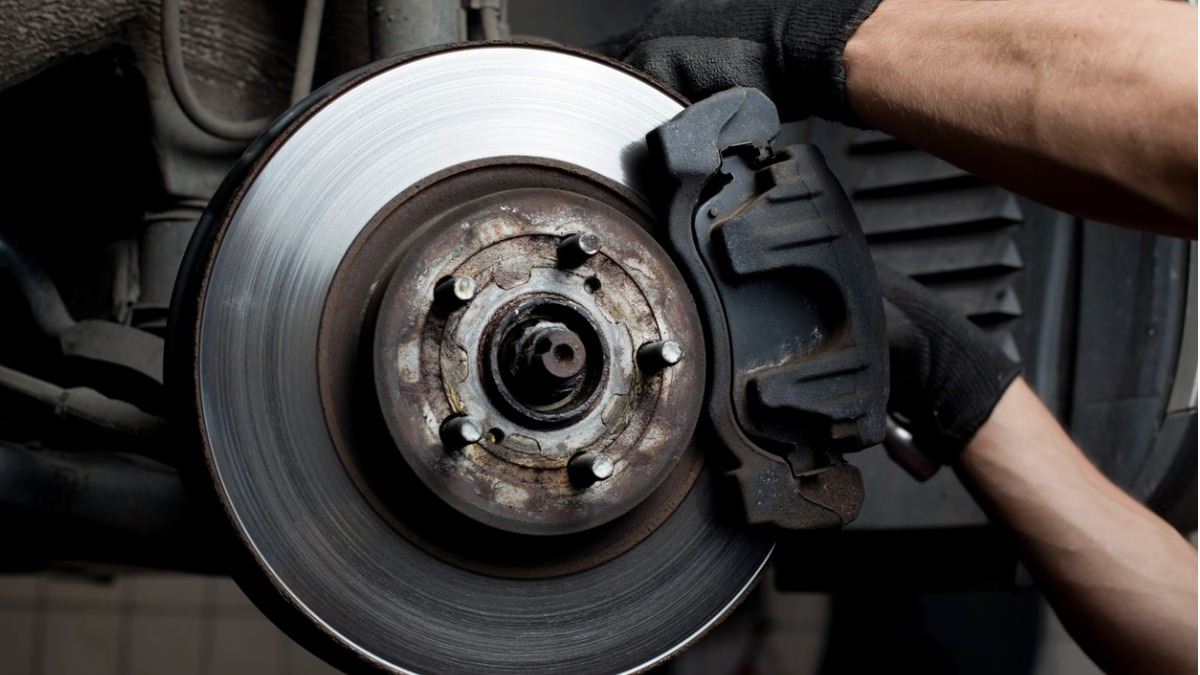

0 thoughts on “What Do You Need To Know To Buy A Kegerator”